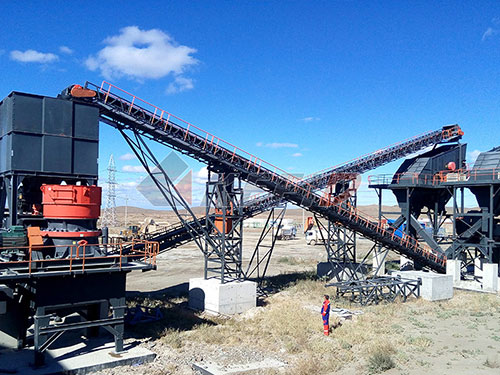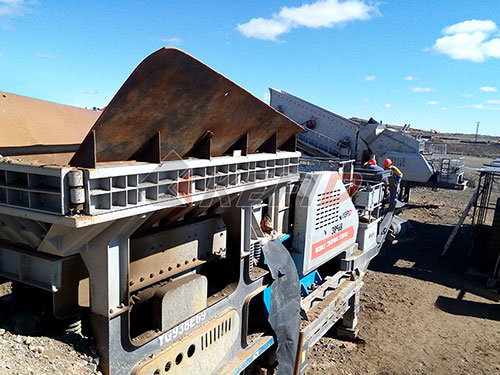
Crushing Opportunity: The Vital Role of Jaw & Cone Crusher Fitters in Zambia
Zambia’s economic backbone rests heavily on its vast mineral wealth, particularly copper, alongside significant deposits of cobalt, emeralds, limestone, and more. This thriving extractive sector, coupled with ambitious infrastructure development projects nationwide, fuels an insatiable demand for robust aggregate production. At the heart of this process lie jaw crushers and cone crushers – the primary workhorses responsible for breaking down massive rocks into usable sizes for construction and mineral processing. Ensuring these critical machines operate reliably and efficiently falls to a specialized group of professionals: Jaw and Cone Crusher Fitters. This article explores the nature of these essential jobs within the Zambian context.
The Core Responsibilities: More Than Just Wrenches
A Jaw and Cone Crusher Fitter in Zambia is far more than a mechanic; they are experts in maintaining the core equipment driving national development. Their typical duties encompass:

1. Preventive Maintenance: Performing scheduled inspections, lubrication checks (greasing bearings), component replacements (liners/mantles/concaves), belt tensioning, and wear monitoring according to manufacturer specifications and site maintenance plans.
2. Corrective Repairs: Diagnosing breakdowns swiftly and accurately – whether it’s a seized bearing on a jaw crusher eccentric shaft or hydraulic issues on a cone crusher tramp release system – then executing efficient repairs to minimize costly downtime.
3. Component Replacement: Safely dismantling crushers using lifting equipment (cranes/hoists), replacing worn or damaged parts like jaw dies, cone mantles/concaves, bushings, seals, shafts, bearings (often large spherical roller bearings), hydraulic cylinders/pumps/motors, and drive components (sheaves/belts).
4. Alignment & Calibration: Precisely aligning drive motors/pulleys/belts and ensuring critical clearances are set correctly (e.g., CSS – Closed Side Setting on cone crushers). Performing basic calibration checks on instrumentation where applicable.
5. Troubleshooting: Applying deep mechanical knowledge to identify root causes of recurring problems like excessive vibration, unusual noise production (metal-on-metal grinding), reduced throughput capacity, or poor product size distribution.
6. Safety & Compliance: Rigorously adhering to Zambian Mine Safety Department regulations and company-specific safety protocols (Lockout/Tagout – LOTOTO), conducting risk assessments before tasks like confined space entry inside

Leave a Reply